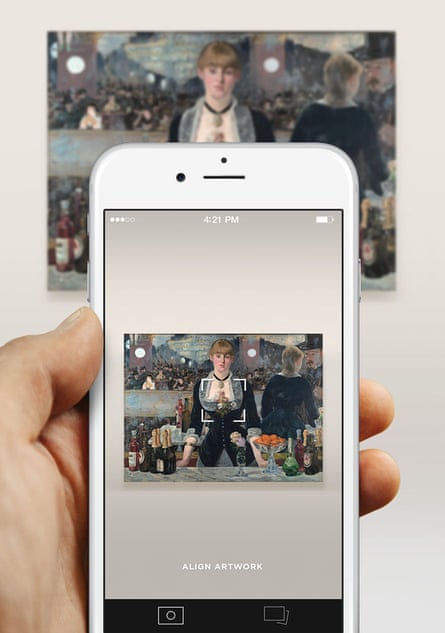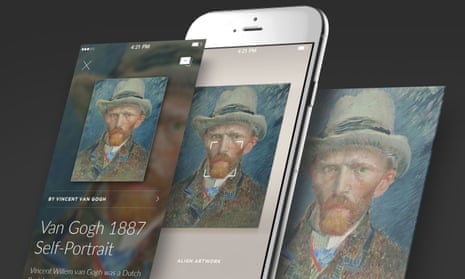Looking at art should be like walking in the countryside. You may not know exactly where you are, or what bird is making that peculiar sound, or what the hill ahead of you is called, but that’s part of the fun of it. You don’t need to know those things to feel the poetry of nature. Being slightly lost and adrift in a landscape can only deepen its power.
Of course, if you do know your birds, trees and local history, a walk might be still more entrancing. Yet such knowledge comes gradually. It is picked up through experience. A true knowledge of nature cannot just be got through an app on your phone – and if it could, it would mock sensitivity with shallow instant factoids. Imagine pointing your phone at the hill on the horizon and getting a load of info on screen. Would that enrich your dreamy walk or ruin it?

A new app called Smartify does just that for paintings. It can recognise images so that, by pointing your phone at, say, The Laughing Cavalier in the Wallace Collection in London, you get instant on-screen info about this 17th-century Dutch painting and its creator, Frans Hals. Smartify is universalising a service that many museums already provide, making it easier than ever to get rapid, on-the-spot facts about the work of art you are looking at. Yet does this kind of digital art guide enrich the experience or destroy it?
Showoffs might relish an aid to bluffing about the baroque, but in reality, Smartify and all similar attempts to provide instant on-screen art history, including those by museums themselves, just encourage people to gawp at phones instead of looking at paintings. As if we needed any more encouragement.
The idea that in order to appreciate a work of art you need to be spoonfed amazing facts about it is erroneous and slightly pathetic. Our first experience of a painting, sculpture or installation should be raw, unguided, wild and a bit baffling, like following a path in the woods. Later, you might like to do some research, which can deepen your enjoyment. Yet it is best done away from the art, so that even when you return, the work still feels fresh.
The shock of the unknown is the most precious thing art can give us. All art is understandable by us, because it is a human creation. This means that, without being told anything, we can intuit and feel its significance, often without being able to put that response into words. This is a truly creative and imaginative response to art. The trouble with smart-alec apps that tell you what you supposedly need to know is that all the free-associating and spontaneous daydreaming we bring to art are crushed and erased by banal “facts”. If a painting can just be reduced to some sterile information, what’s the point of it?
How do I look at art, really and truly? I make up stories about it. When I am wandering through a museum, I allow myself to free associate, finding meanings and suggestions in paintings that may or may not be justified. This flow of fancy becomes intoxicating. It is what I most love about art. Gradually, I have picked up some art history. Yet anyone who thinks a bunch of dates and details somehow makes you better qualified to look at a work of art is wrong. From smartphone-using bluffers to PhD students in art history, we all need to put aside our screens and our supposed knowledge when we look at art. Let the images flow in, let your intuitions rave. Art is an adventure in the wilderness or it is nothing at all.

